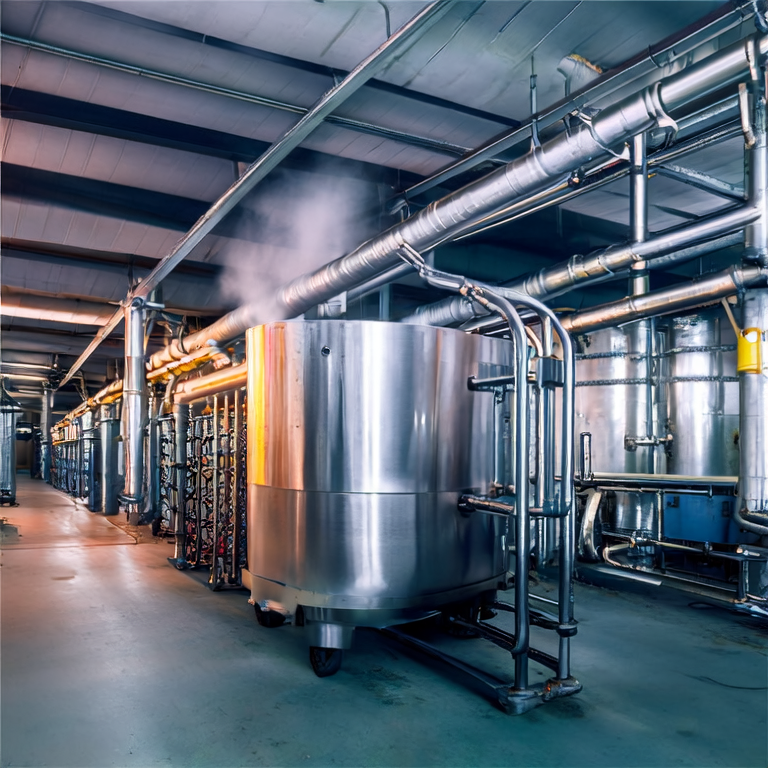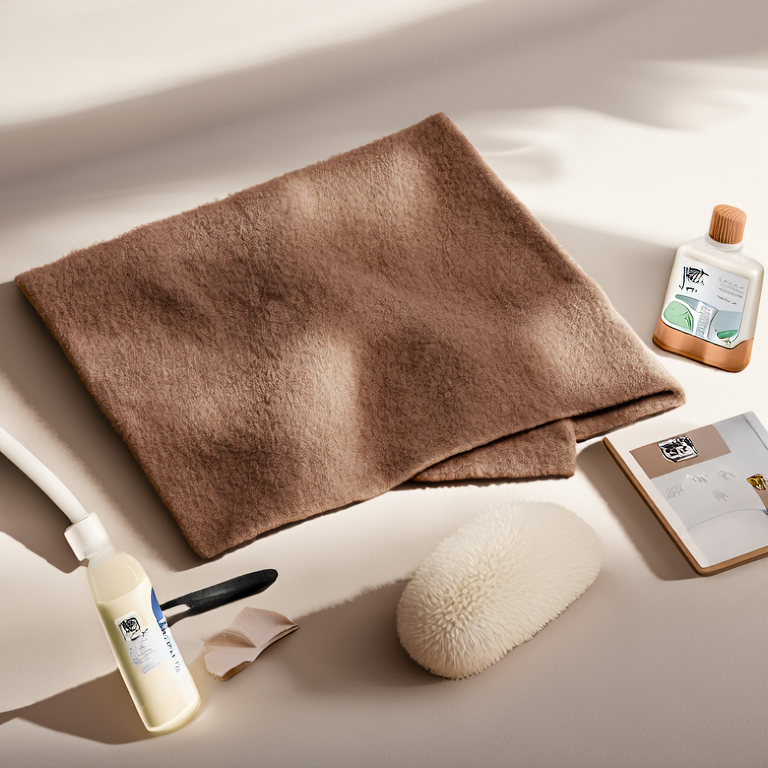
1What Is Rammed Earth Soft Stone and Its Benefits in Sustainable Building?

1What Is Rammed Earth Soft Stone and Its Benefits in Sustainable Building?
Jan. 01, 1970
The earthy tones and textures of rammed earth align with Saudi architectural identity. Walls in hues of sand, ochre, and clay fit perfectly with Salmani architecture guidelines and traditional Najdi designs. New buildings can use rammed earth to echo the look of historic mudbrick palaces and forts, lending authenticity. From cultural centers and mosques to upscale villas and majlis, rammed earth provides a sense of place that concrete or steel simply cannot match.
Sustainability is a core advantage. The primary ingredients are local soils, which cuts down on transport emissions and connects the structure to its site. Building with rammed earth requires minimal water (especially compared to brick-making or concrete mixing) and no high-energy firing. There are no chemical additives or VOCs, so indoor air remains pure. At end of life, a rammed earth wall can be broken up and returned to the ground, truly cradle-to-cradle. This low embodied carbon footprint supports Saudi Arabia’s environmental goals and LEED aspirations.
Modern rammed earth can be scaled from small homes to large complexes. Pneumatic rammers and mechanized formwork allow faster construction for big projects, while the process remains low-tech enough for remote or small-scale builds. This adaptability means the technique is equally at home in a handcrafted heritage village or a large development like Diriyah Gate. BIM modeling and modular construction methods can integrate rammed earth, proving it’s not just an old way of building, but also a part of future construction technologies.
Using earth resonates deeply in a cultural context. In Islamic tradition, humans are created from earth (turab), giving a spiritual symbolism to building with soil. Rammed earth walls convey modesty, purity, and a connection to nature—qualities desirable for mosques, madrasas, and community buildings. Many historic mosques and compounds in Qassim and Riyadh were earth-built; reviving this medium pays homage to that legacy while meeting modern needs.
Yes. With proper design and optional stabilization, rammed earth walls can achieve compressive strengths in the range of 5–12 MPa (when using a bit of lime or cement stabilizer). This is structurally sufficient for many types of buildings – from one-story homes to multi-story structures – as long as the walls are properly thick and reinforced where necessary. Many modern rammed earth buildings around the world show that strength is not an issue when engineered correctly.
Not always. Traditional rammed earth is simply soil with maybe straw or fiber, and it has stood for generations. For modern safety factors, especially for taller walls or exterior use, many builders use a small percentage of stabilizer (like 5–10% Portland cement or lime) – this is called Stabilized Rammed Earth (SRE). Even then, the amount of cement is far less than a concrete wall, so the environmental footprint remains low. Unstabilized walls can still be used in dry conditions or interior walls, and they rely on good design (roof overhangs, footings) to last long.
When properly constructed and maintained, rammed earth walls can last well over 100 years. In Saudi Arabia, there are earthen structures hundreds of years old (like parts of Diriyah or AlUla’s old buildings). Modern techniques only improve on that by adding better foundations and slight stabilization. The key is to keep water from eroding the base or top of the walls – with simple measures, a rammed earth structure is extremely durable and can outlast many conventional buildings.
Rammed earth is water-resistant but not inherently waterproof like concrete. It can handle occasional rain and, thanks to its thickness, will absorb some water on the surface without failing. However, for full weather exposure, especially in heavy rain areas, it’s important to:
Design with good roof overhangs/caps so water doesn’t pour directly down walls.
Possibly apply a breathable sealer or lime plaster to the exterior as a sacrificial layer.
Ensure the foundation lifts the wall above ground moisture and splash-back.
With these steps, rammed earth buildings have survived fine through rain seasons (note that in much of Saudi Arabia, intense rain is infrequent but can occur in short bursts). In protected or arid locations, no treatment is needed – many rammed earth walls are left completely natural and do well.
Yes, and this is one of the big advantages. Saudi Arabia has vast areas of suitable soil. Conmarble always begins projects with local soil testing. Often, we might blend two types of local soil (say, a clayey one and a sandy one) to get the right mix. In some cases, if the local soil is too salty or all sand with no clay, we’d truck in some clay from nearby. But generally, from Riyadh’s red sands to AlUla’s silty clays, Saudi soils can be adapted for rammed earth. Using local soil also gives the wall its authentic color – literally reflecting the project’s geographic location.
One beauty of rammed earth is that the wall itself is the finish, but there are still creative options:
Natural stratification: Simply show the layered texture as-is (most common).
Sanded or polished: Lightly sand the surface for a smoother feel or to expose small aggregates – this creates a polished plaster-like look while still earthy.
Pigmented layers: Introduce different mineral pigments to some layers during construction to create stripes or patterns as part of the wall.
Form patterns: By changing formwork or using form liners, you can imprint designs (like a relief or logo) into a rammed earth wall, though this is less common.
Additionally, you can coat rammed earth with clear breathable sealers that slightly darken the color and protect it, or use limewash for a soft, traditional matte finish that still lets the wall breathe.
If properly mixed and compacted, rammed earth walls are very stable and have minimal cracking. Unlike poured concrete, they don’t typically develop large shrinkage cracks because there’s no massive water curing and shrinkage process – the soil is damp, not wet, when rammed. You might see tiny hairline cracks or surface fissures in some unstabilized walls as they fully dry out, but these are usually superficial and even add character (much like natural stone has veins). A well-stabilized and cured wall often has no visible cracks. Proper design also avoids large openings or stress points that could cause cracks; when those are needed, we reinforce that area or use a concrete/steel lintel to carry the load.
Yes. Rammed earth is versatile and can be used as:
Structural exterior walls: forming the outside of a building and bearing loads (with stabilization and waterproof detailing as needed).
Infill panels: in post-and-beam construction, where they’re not load-bearing but provide an exterior façade with thermal mass.
Interior feature walls or partitions: creating beautiful textured surfaces inside lobbies, majlis, courtyards, or even bathrooms (with a sealer).
Many modern designs incorporate an exterior rammed earth shell and carry the same material into select interior walls for continuity. In mosques, for example, you might see an outer courtyard wall of rammed earth and an inner prayer hall wall as a focal element, both benefiting acoustics and aesthetics.
With the right engineering, yes, rammed earth can meet Saudi (and international) building codes. It’s essential to have structural calculations and testing to demonstrate the wall strength, especially if you are in a municipality that hasn’t seen rammed earth before. Conmarble provides all necessary documentation: soil test reports, structural analysis of wall capacity, and details on how the wall will be protected from moisture and tied to foundations/roof. We design according to international earthen construction guidelines (e.g. Australian Standard AS for Earth Structures, since it’s one of the few formal codes for rammed earth) and align with local code requirements for load, seismic, etc. With the growing push for Sustainable materials, authorities are increasingly open to rammed earth, provided a licensed engineer stamps the design.
Rammed earth is an ancient technique for building walls that has been used for centuries, particularly in arid and semi-arid regions around the world. In recent years, there has been a resurgence in interest in this technique, particularly for sustainable and environmentally-friendly building projects.
One of the unique features of rammed earth construction is the use of natural materials, primarily soil, and other aggregates, to form the walls. Unlike other building techniques that rely on manufactured materials like concrete or bricks, rammed earth is more in tune with nature and the surrounding environment.
Another advantage of rammed earth construction is that it can be a low-cost, sustainable alternative to other building techniques. By using materials that are readily available in or around the site, rammed earth structures can be constructed with minimal transportation and material costs.
Additionally, rammed earth walls have excellent thermal mass, which helps to regulate the temperature inside the building and reduces the need for additional heating or cooling.
But what about the finishings of rammed earth walls? For our Hive earth rammed earth walls we add an admix to every wall we construct. The admix protects the walls from weathering and erosion. As well as our ad mix we also add a sealant to give it that extra level of protection. So if you wanted to have the rammed earth walls in their natural state, there will be no long-term damage.
While some people may prefer the raw, natural look of rammed earth, others may want to add a finishing layer to improve the aesthetics of the walls. Here are some common rammed earth finishing techniques:
Textured or smooth rammed earth walls
When we construct our rammed earth walls, depending on the client's specifications we can achieve either smooth or textured walls.
Textured rammed earth walls have a rough appearance where you can see the details of the aggregates in the walls. These walls tend to not go through a sieving process.
Smooth rammed earth walls give a more fine sandy texture to them and tend to go through a sieving process. There isn't any difference in compressive strength for either wall. However, the disadvantage of smooth rammed earth walls is that if your mix is not right then it's more prone to cracking as compared to a textured rammed earth wall.
2. Clay Plaster
Clay plaster is a popular choice for finishing rammed-earth walls. It is a natural, breathable material that is easy to apply and can be used to create a range of textures and finishes. Clay plaster is made by mixing clay, sand, and straw together with water to form a paste that can be applied to the walls using a trowel. Once dry, the plaster can be sanded and painted to create a smooth, polished finish.
3. Lime Wash
Limewash is another popular finishing technique for rammed earth walls. It is a simple way to add color and texture to the walls while still allowing the natural beauty of the rammed earth to shine through. Limewash is made by mixing hydrated lime with water and applying it to the walls using a brush or spray. Once dry, the lime wash creates a soft, matte finish that can be left as is or waxed to add shine.
4. Earthen Render
Earthen render is a mixture of clay, sand, and straw that can be used to create a textured, organic finish on rammed earth walls. The render is applied in multiple layers, with each layer being allowed to dry before the next is applied. Once the final layer is dry, the wall can be sanded and painted to create a smooth finish.
5. Tyrolean
Tyrolean is a popular finishing technique for rammed earth walls in areas with high rainfall or humidity. It is a more durable option than clay plaster or lime wash and can help to protect the walls from moisture damage. Tyrolean is made by mixing cement, sand, and water together to form a paste that can be applied to the walls using a trowel.
6. Natural Stone or Tile
For a more dramatic, eye-catching look, some people choose to add natural stone or tile to their rammed earth walls. This technique can be particularly effective for feature walls or areas of the building that are intended to stand out. The stone or tile is attached to the wall using mortar or another adhesive, creating a stunning, layered effect.
7. White lime plaster
White Lime plaster can be used as a finish on rammed earth walls to provide a smooth, clean appearance and to protect the rammed earth from weathering and erosion.
Lime plaster is a suitable finish for rammed earth walls because it is breathable and allows moisture to evaporate, which is important for the long-term durability of the rammed earth. The lime plaster also provides a protective layer that helps to prevent moisture from penetrating the rammed earth.
When applying lime plaster to rammed earth walls, it is important to ensure that the surface is clean, dry, and free of any loose debris or dust. The lime plaster is typically applied in several layers, with each layer allowed to dry before the next layer is applied. The final layer can be burnished or polished to create a smooth, glossy finish.
Overall, white lime plaster can be a good choice for finishing rammed earth walls, as it provides both aesthetic and protective benefits while maintaining the breathability and durability of the rammed earth itself.
In conclusion, rammed earth walls offer a range of finishing options, from natural and raw to modern and sophisticated. Whether you're looking for an eco-friendly option, a durable finish, or something that can be customized to match your personal style, rammed earth walls are an excellent choice. With its natural beauty and sustainability, rammed earth is quickly becoming a popular choice for building projects around the world, and the versatility of its finishing options makes it a great choice for those looking to create a unique and personalized space. So, if you're looking to build a home that is beautiful, sustainable, and uniquely yours, consider rammed earth as your building material of choice.
我们使用 cookie
我们使用 cookie



